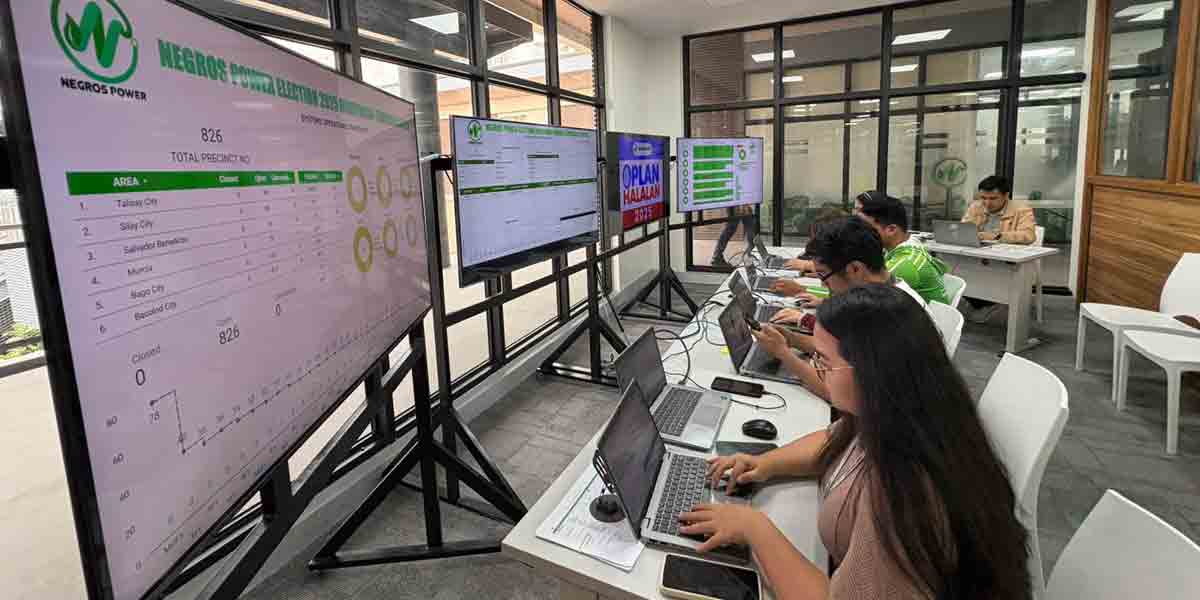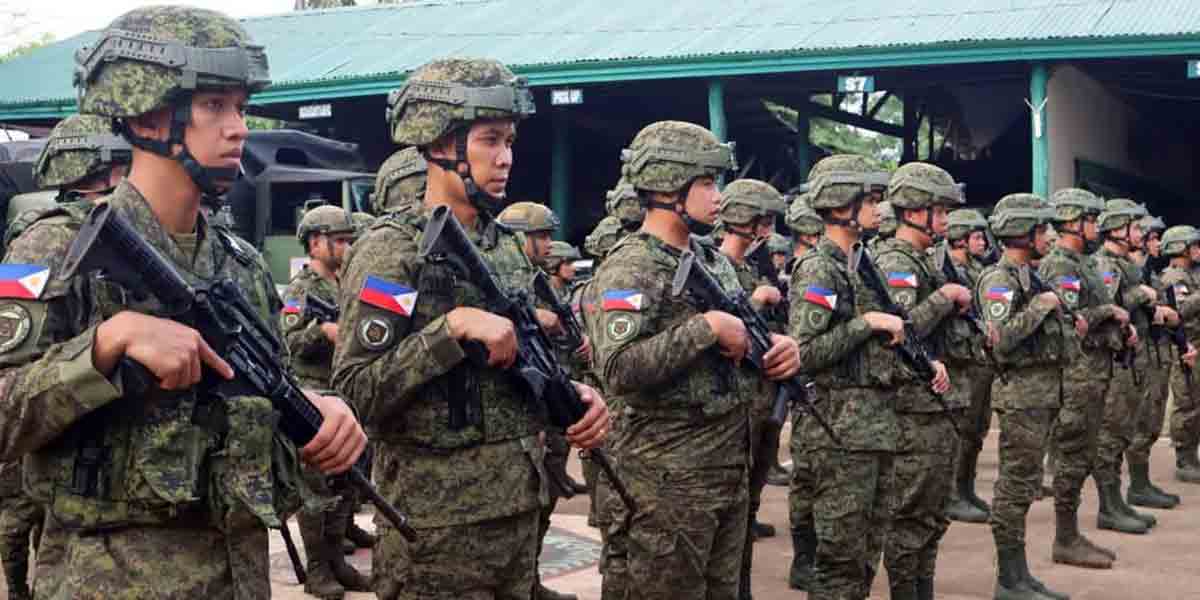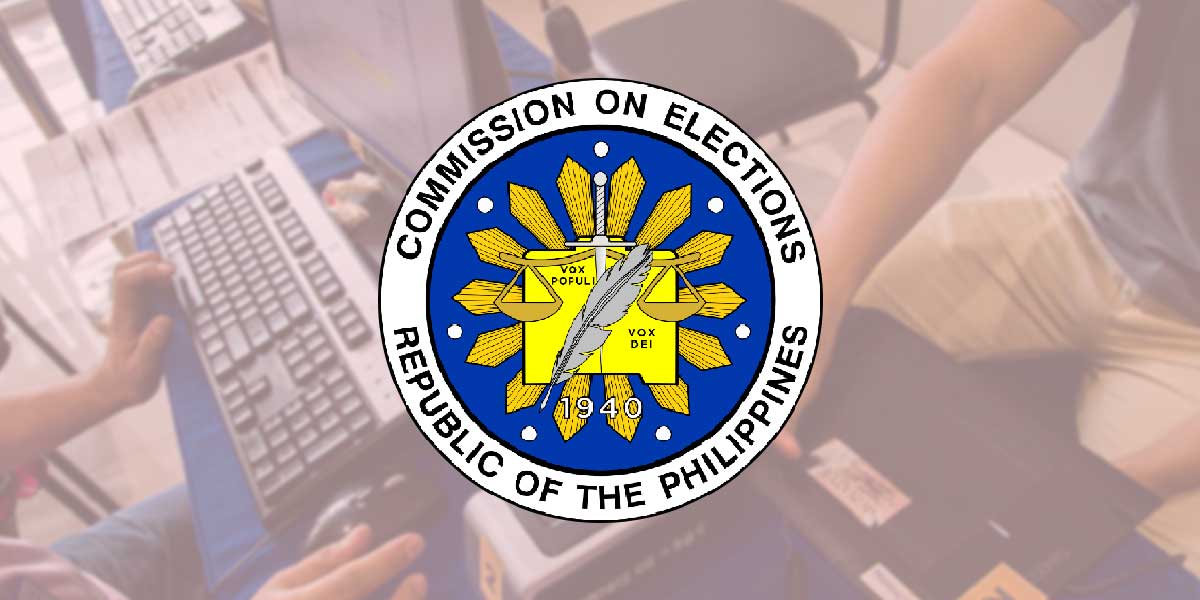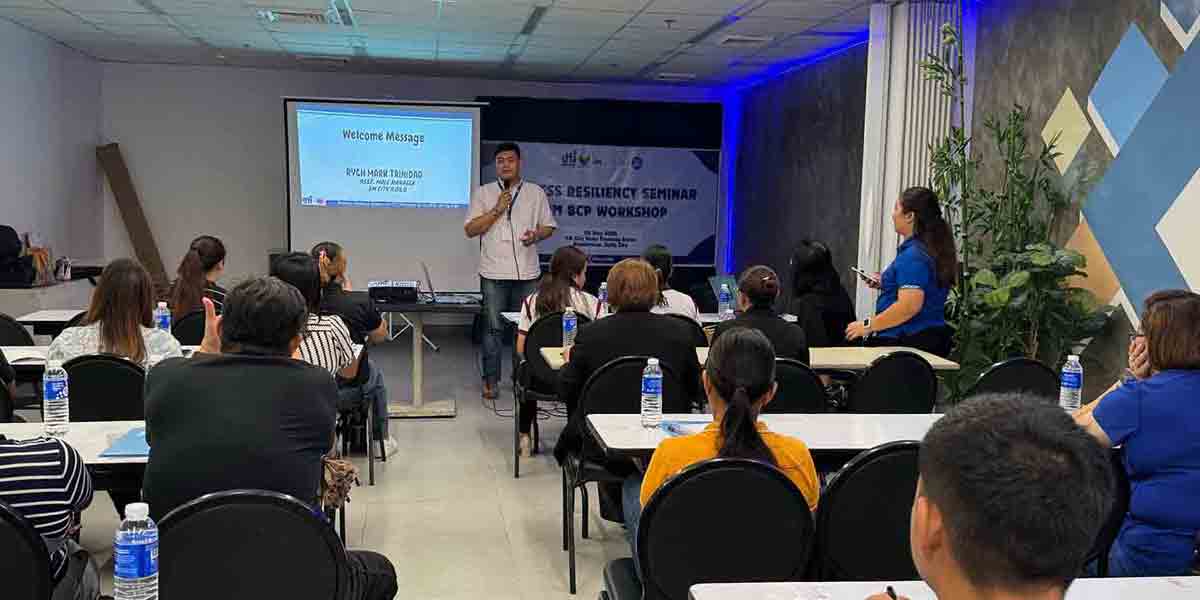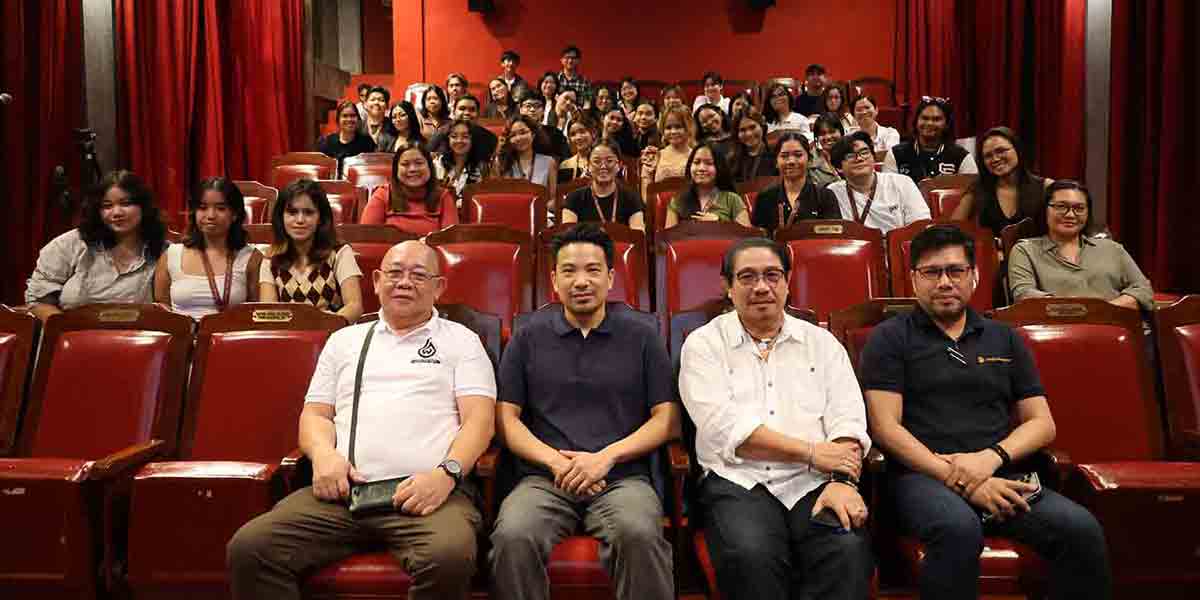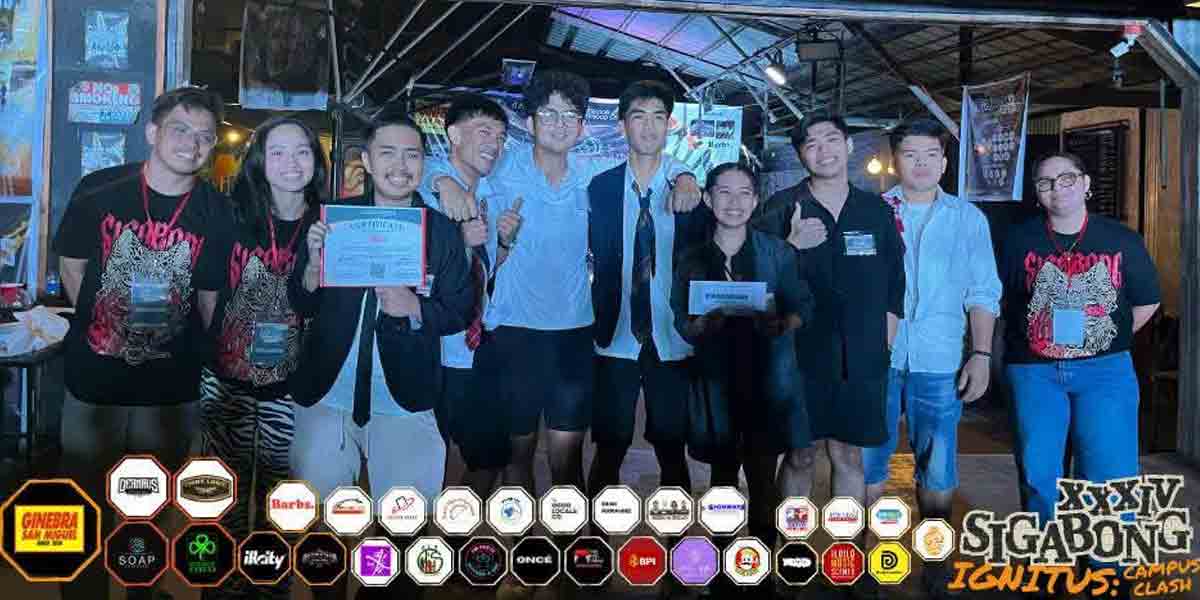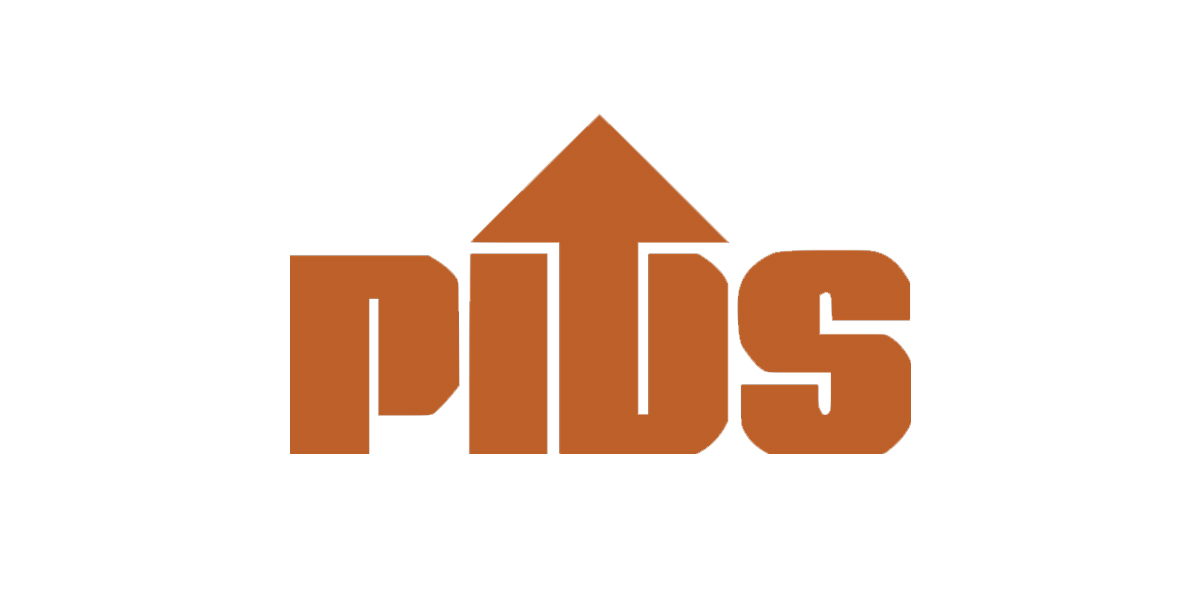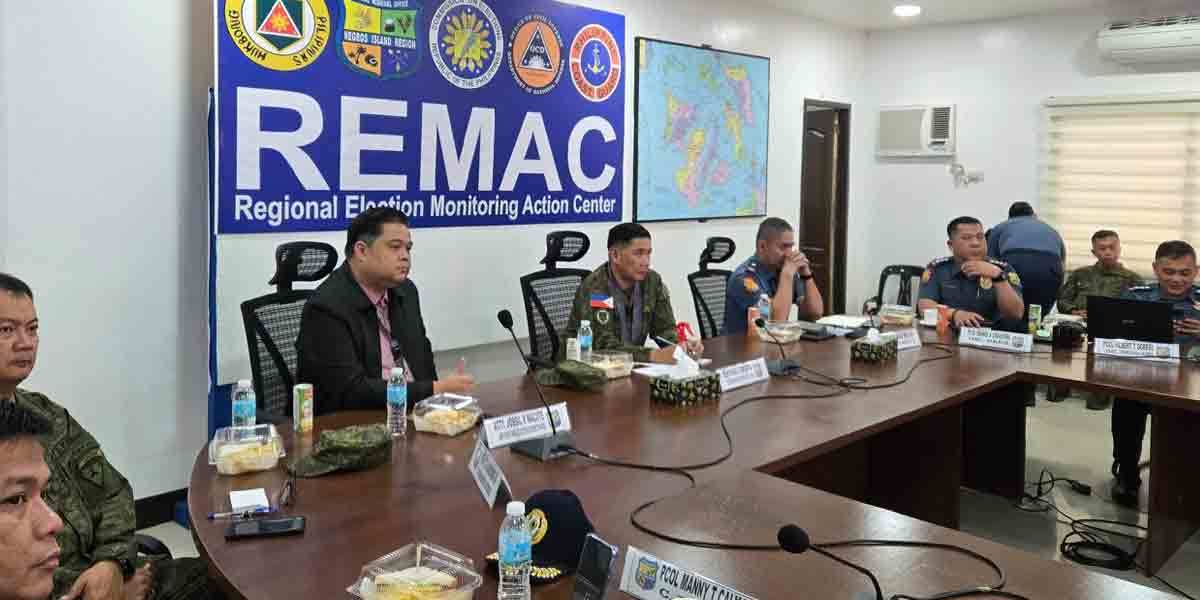By Rjay Zuriaga Castor
A total of 14,565 individuals were apprehended for violating traffic rules in the first six months of this year, the Iloilo City Traffic and Transportation Management Office (TTMO) reported.
The TTMO said these apprehensions were due to various violations of city ordinances and traffic regulations, with the most common violation being Ordinance No. 393 1-a, which pertains to “disregarding traffic signs and traffic lights,” accounting for 6,048 violations.
Other significant violations included Ordinance No. 393 2-a, or “road obstruction,” with 2,709 violations, and Ordinance No. 393 1-b, or “defective headlights,” with 1,191 violations.
Motorcycles topped the list of violators with 3,739 apprehensions, followed by private vehicles with 3,502, and public utility jeepneys with 2,751.
The TTMO also recorded 346 vehicle collisions in the first six months of 2024, which were responded to and reported to the police for proper investigation.
Earlier this July, the City Council approved an ordinance that removed the traffic management function from the Public Safety and Transportation Management Office (PSTMO). The PSTMO was also renamed the Public Order and Safety Management Office (POSMO).
The ordinance officially established the Traffic Transportation Management Office (TTMO), which was previously known and created as the Iloilo City Traffic Management Unit through a resolution.
City Mayor Jerry Treñas emphasized the necessity of separating these functions due to the growing challenges of traffic management in the city.
“The PSTMO then had responsibilities over public safety, then they also had traffic management. There is a need to divide it so things are manageable,” he said.
The city mayor also confirmed that the TTMO and POSMO will be headed by Retired Police Col. Uldarico Garbanzos and Jeck Conlu, respectively.
The TTMO will be primarily responsible for enforcing all traffic and transportation laws, regulations, and ordinances. On the other hand, the POSMO will focus on anti-squatting and illegal structures, special services, and police auxiliaries.

